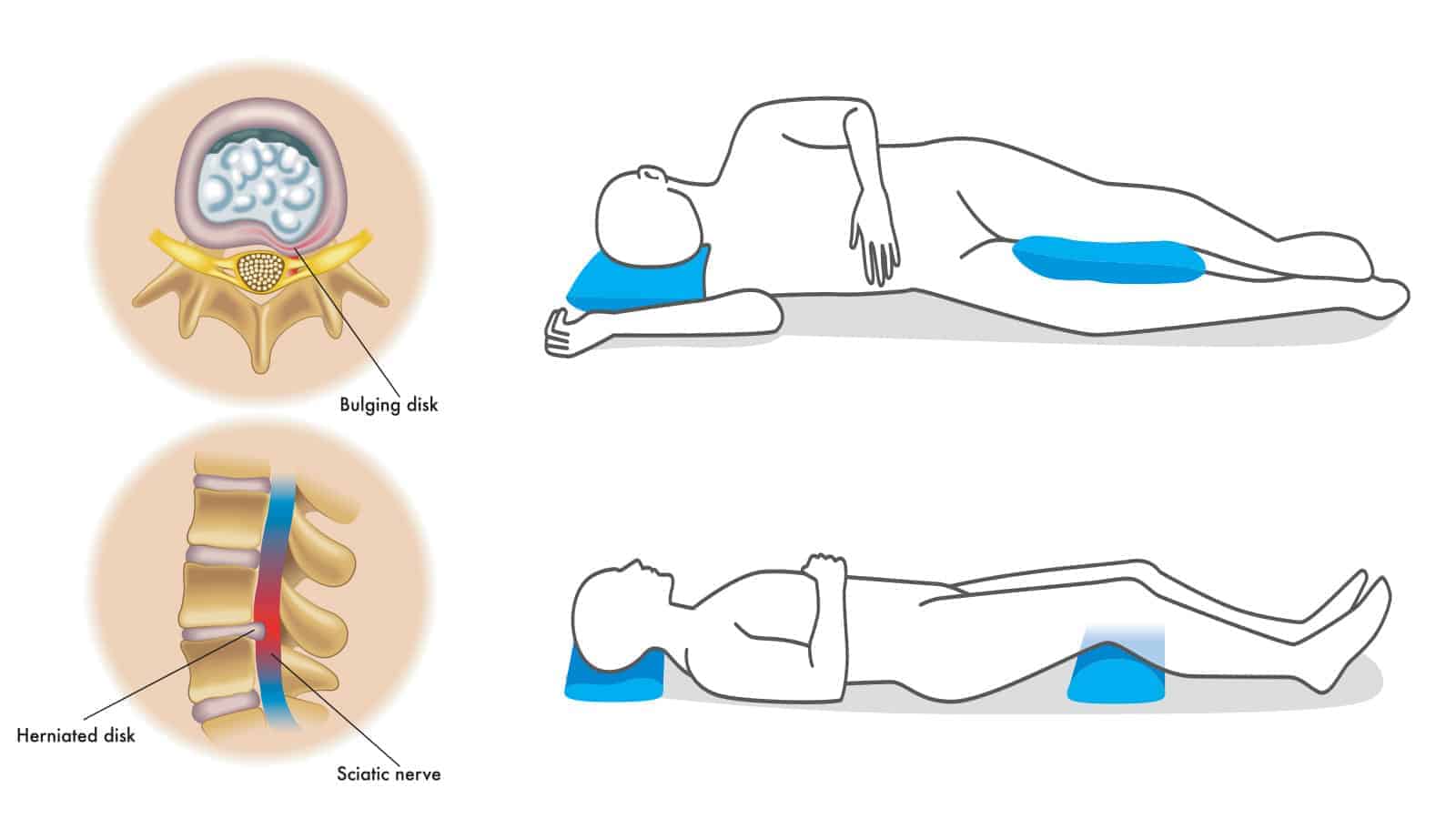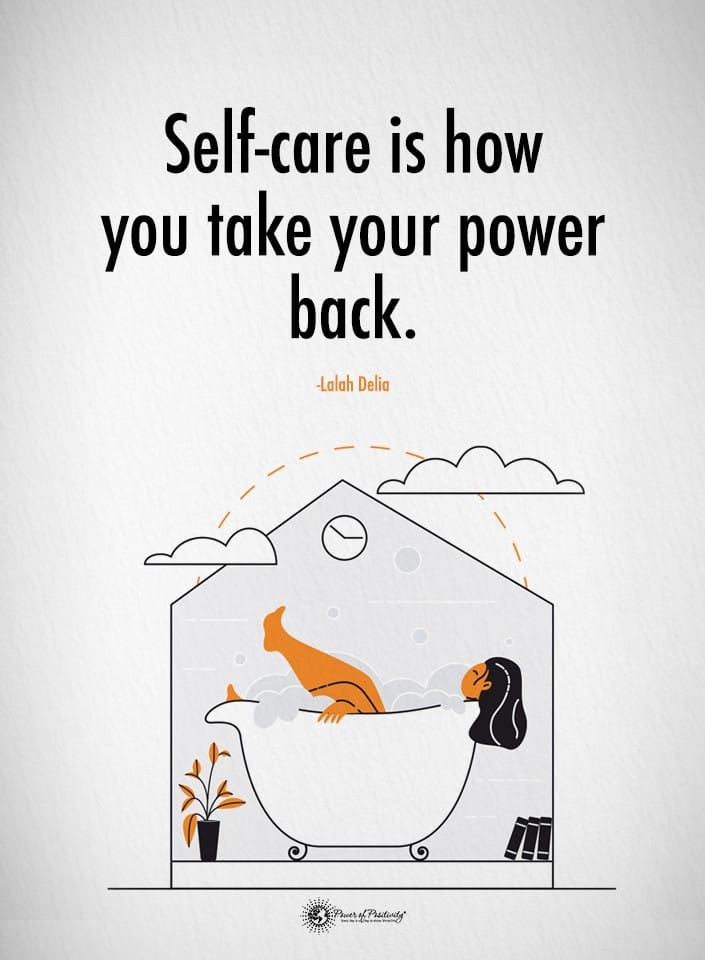Back pain ranges from mild discomfort to excruciating to anything in between. In fact it is incredibly common.
According to the American Chiropractic Association, back pain is the leading cause of disability in the world. In the United States alone, nearly 80 million working adults experience back pain yearly, resulting in more than 264 million days of work missed.
Here are some other back pain facts:
- 80% of people will experience back pain sometime in their lives.
- Back pain is the 3rd most common reason for doctor visits. (Skin disorders and osteoarthritis/joint problems are first and second, respectively.)
- Lower back pain costs Americans up to $100 billion yearly, resulting in lower productivity and lost wages.
- Most back pain cases are not attributable to medical conditions but sudden mechanical alterations to the back’s structure (e.g., a slipped disk or degenerative disk.)
- The number of disabled people due to lower back pain rose 54% between 1990 and 2015.
- While most people with lower back pain recover, reoccurring lower back pain problems often reoccur. For an unfortunate minority, lower back pain progresses into a chronic and potentially disabling condition.
- As you’ll read, posture plays a critical role in our back health. Of course, this includes how our body is positioned for sleep.
This article focuses on the best sleep positions for certain types of back pain. By implementing some of the sleep positions mentioned, we hope that you will experience a better, deeper, more satisfying night’s sleep.
Other topics of discussion: the causes of back pain and other steps that you can take to reduce the risk of back pain.
What Causes Back Pain? Evolution.
“Bad backs, dangerous childbirths, sore feet and wisdom teeth pains are among the many ailments humans face from evolution…” ~Charles Q. Choi (source)
The back is a very fickle part of the body. (Raise your hand if you ever threw your back out of place, reaching for the shampoo. Oh, that’s just me? Okay then!
All joking aside, the back is a complex piece of human machinery with numerous moving parts – bones, joints, muscles, disks, and vertebrae. Even the slightest movement can inexplicably throw one of these components – and most of the surrounding area – out of whack.
First Sign of Back Pain
The first sign something’s gone wrong? Pain. Often of the excruciating variety.
Other situations or health conditions that may instigate or worsen back pain include arthritis, poor posture (including while sleeping), lifting heavy objects, obesity or being overweight, and psychological stress.
In effect, the process of biological evolution is to blame for most of the back problems we face. Of all evolutionary adaptations, the fact that we are erect bipods puts us at a particular disadvantage when maintaining skeletal health.
Scientists say that our upright posture places more pressure from gravity onto the spine. According to Bruce Latimer, an anatomist and anthropologist at Case Western Reserve University, humans are the only species of animal that spontaneously shatter vertebrae.
Lucky us.
Latimer illustrates the flawed design of the human spine by likening its components to cups and saucers. 24 cups represent the separate vertebra of the spinal column, and the saucers represent the disks in between each vertebra. “Then take a [heavy book] and put it on top. This is the head. If you are really careful you can balance it – otherwise there’s a lot of porcelain on the ground.” In other words, our back and spine are fragile.
Another trait that may exacerbate back troubles: how we walk, with one foot in front while swinging the opposite arm. Latimer says that this repetitious swinging-while-walking motion, over time, can cause the vertebra to break down. The result: herniated disks, chronic back pain, disability, or all of the above.
Let’s now break down the five best sleep postures for back pain.
5 Sleep Postures for Back Pain
Here are five sleep postures for various types of back pain.
-
Side Sleeping With a Pillow Between Your Legs
Instructions:
(1) Rotate your body onto its side. The entire side of your body – except your head if using a pillow – should make contact with the mattress.
(2) Rest a small pillow between your knees. Adjust how the pillow sits if in any way uncomfortable.
(3) If there is any space between your waist and the mattress, use a small cushion or pillow for support.
How it helps: Sleeping on your side with a pillow between your knees aligns the hips, pelvis, and spine. All three parts of the body can irritate any present back pain, particularly in the lower back. If sleeping on your back is uncomfortable, this position may help.
It is important to remember to switch sides occasionally to avoid any possible spinal imbalances, misalignments, and worsening pain.
-
Side Sleeping in the Fetal Position
Instructions:
(1) First, lie on your back and slowly roll onto your side.
(2) Fold your knees toward your chest while lowering your torso toward the knees.
(3) Switch sides occasionally to avoid any misalignments and when discomfort arises proactively.
How it helps: Side sleeping in the fetal position is often preferred among those with a foraminal hernia, a hernia condition wherein the enlargement of joint in the spinal canal causes the disc space to narrow. The fetal position extends this narrowed space, resulting in less pressure on the nerve root.
-
On Your Stomach With a Pillow Under The Abdomen
Instructions:
(1) Get on all fours and place a comfortable pillow underneath your abdominal region.
(2) Slowly lower yourself down into your sleeping position.
How it helps: Individuals with a degenerative disc condition or paracentral disc herniation may find that this position offers the most relief. The reason is that raising your abdomen while at rest eases the tension between the disc and affected vertebra.
Something to be mindful of is that sleeping on your stomach may place more stress on your neck, possibly increasing the risk of back problems. As such, this position should be reserved for those with or at risk of developing paracentral disc herniation.
-
On your back with a pillow under the knees
Instructions:
(1) Lie flat on your back.
(2) Position a pillow underneath your knees to keep your spine in place. You may find the shape of the pillow makes all the difference. If you feel in any way uncomfortable, try another pillow.
(3) If your lower back is uncomfortable, try situating a rolled-up towel underneath the small of the back for added support.
How it helps: Sleeping on your back helps to redistribute your weight, and the pillow expands the spaces between the affected disks in the lower back. The back is the widest part of your body, and spreading the weight across it takes some of the strain off your pressure points. Finally, your spinal column is in a more natural alignment than other sleeping positions.
-
Lean back and sleep
Instructions: This last sleep posture requires either an adjustable bed or recliner. Sleeping in a reclined position, though not usually considered an ideal sleeping arrangement, may be helpful for easing the pain inherent in a small number of back conditions, including isthmic spondylolisthesis.
How it helps: Resting in recline forms a natural angle between the thighs and torso, reducing the pressure on the spine. Note that you may need to adjust this angle before finding a fixed position that lets you sleep through the night.
Final Thoughts: Aligning Yourself to Thwart Back Pain
Here is a final tip that may help ease some of your pain:
Be mindful of the alignment between your ears, shoulders, and hips. All three should form as close to a 180-degree line as possible. This “rule” applies to every sleeping position and back problem. Keeping this area aligned helps stabilize the entire body, vital to reducing back pain.
















 Community
Community

